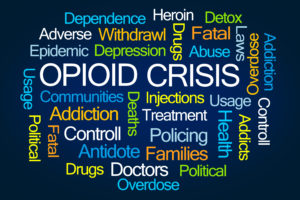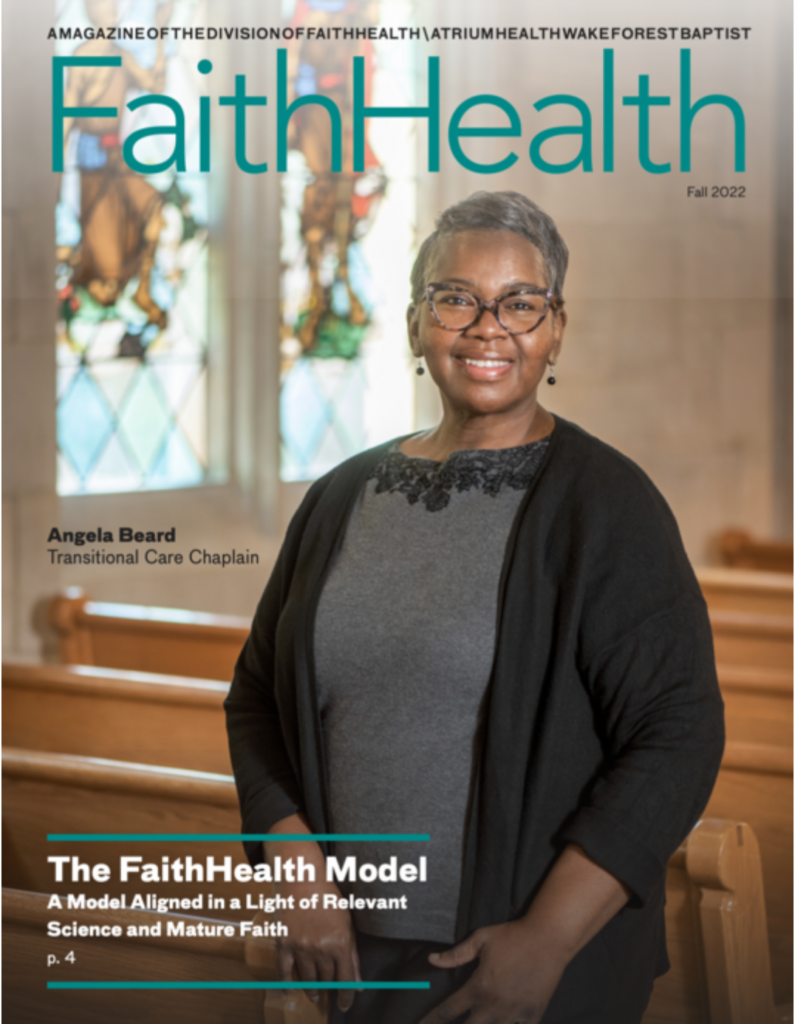Heidi Christensen at HHS shares these resources from HHS on opioid addiction and overdose prevention that may be helpful to community leaders:
As part of our effort at the HHS Partnership Center to understand and consider the best way to support faith and community organizations in their response to the opioid epidemic in their community, we’ve been talking with many of you! We’ve learned a lot about how community-based organizations across the country are leading important and life-changing efforts and we will soon announce a webinar series for late summer highlighting those efforts. Please stay tuned.
In the meantime, if your organization is responding to the call for increased access to treatment and recovery services—in ways that others may learn from your efforts—please let me know!
Here are a few HHS resources to help illuminate the issue and epidemic at hand:
SAMSHA’s Opioid Overdose Prevention Toolkit
Visit the Facts for Community Members and the Safety Advice for Patient and Family Members sections of the SAMHSA toolkit and download them to share with your community. Included are sections on the scope of the problem, strategies to prevent overdose deaths, a section called “What is Naloxone”? and additional relevant and timely information.
The CDC’s Opioid Basics. The CDC hosts and maintains this website that offers important information, in language that non-professional people can understand, about the opioid epidemic, opioids, overdose prevention, and commonly used terms.
NIDA’s Q&A on Naloxone. NIDA reviews pertinent information on opioid overdose reversal with Naloxone (Narcan, Evzio) and offers videos and additional resources for community leaders to understand these potentially lifesaving drugs and how they are being administered.
NIDA Signs of Substance Abuse and Addiction
Community leaders and family members need to know the signs. NIDA provides this list of what to look for and includes a PDF for Easy to Read Drug Facts that can be downloaded and shared.
Community members and patients can learn a lot about how to engage the medical system more proactively with regard to diagnostics and opioid prescription by using this interactive tool designed for health professionals from Health.gov.

